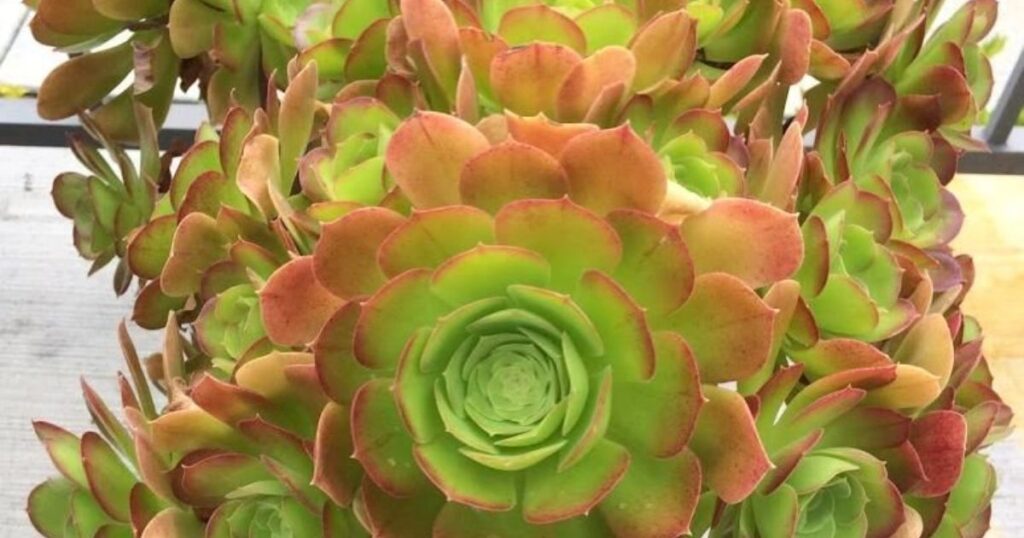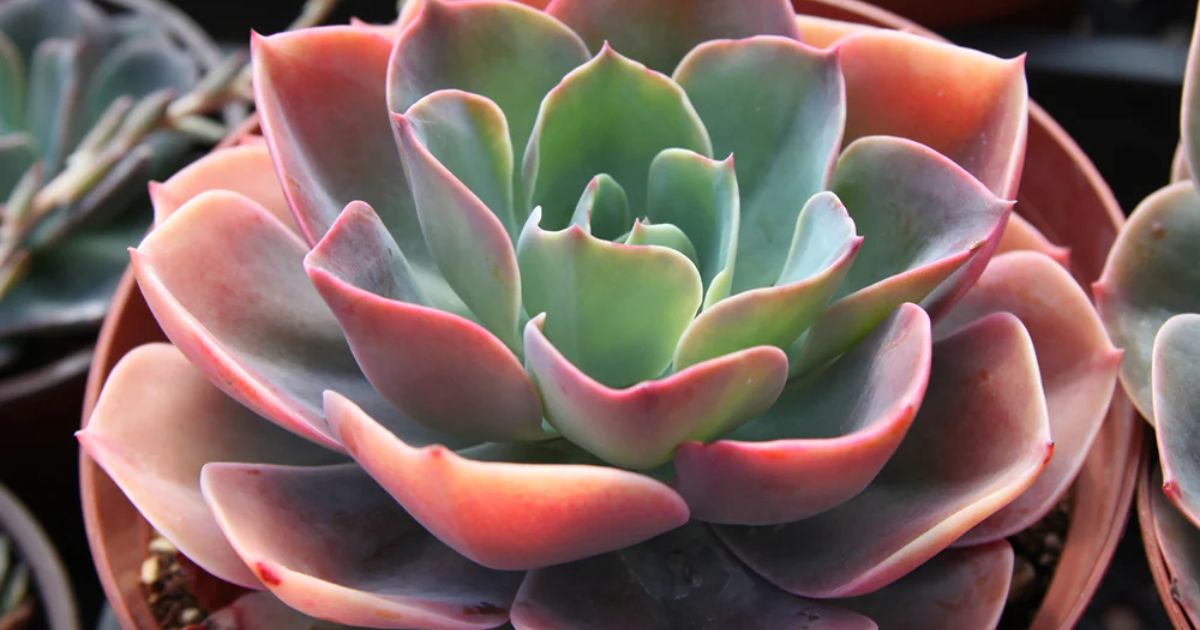The temperature that succulents can tolerate refers to the range of temperatures within which these plants can thrive without harm. Succulents are adapted to various climates, so their tolerance varies. In general, they prefer temperatures that mimic their native habitats, with many able to withstand both hot and cold conditions. Proper temperature care is essential for their growth and well-being.
Curious about the ideal temperature for your succulents Discover the answer to “What Temperature Can Succulents Tolerate and ensure your plants thrive in the perfect climate.
What Temperature Can Succulents Tolerate refers to the range of temperatures in which succulent plants can thrive. Succulents have varying temperature preferences, with some thriving in hot climates and others in cooler regions. Understanding and providing the right temperature conditions is essential for their growth and well-being.
Understanding Succulents
Before delving into temperature tolerance, let’s first understand what succulents are. Succulents are a diverse group of plants known for their ability to store water in their leaves, stems, or roots. This water storage adaptation enables them to survive in harsh environments where water is scarce.
types of Succulents
Succulents come in various shapes, sizes, and types. Some of the most common succulent genera include
Cacti (Cactaceae)
Prickly and often spiny, cacti are renowned desert succulents.
Aloe (Aloe spp.)
Aloe vera is a popular aloe species known for its soothing gel.
Echeveria (Echeveria spp.)
These rosette-shaped succulents are adored for their aesthetic appeal.
Sedum (Sedum spp.)
Sedums are low-growing succulents with fleshy leaves.
Succulents have evolved to adapt to diverse environments, making them suitable for both indoor and outdoor cultivation.
Temperature Tolerance of Succulents
Succulents are remarkably resilient when it comes to temperature extremes. Their ability to tolerate a wide range of temperatures makes them an attractive choice for gardeners and indoor plant enthusiasts. However, it’s essential to understand their specific care needs, such as proper watering and light exposure, to avoid common issues like my succulent leaves
Optimal Temperature Range
Generally, succulents thrive within a temperature range of 60°F to 80°F (15°C to 27°C). In this temperature range, they grow, flower, and maintain their best appearance. However, this can vary depending on the specific succulent species.
Factors Influencing Temperature Tolerance
Several factors influence a succulent’s ability to tolerate temperature fluctuations:
Origin
Succulents from arid regions are typically more heat-tolerant, while those from cooler climates can withstand lower temperatures.
Species
Each succulent species has its own temperature preferences. Research the specific needs of your succulent to ensure the right conditions.
Adaptation
Succulents have developed adaptations to cope with temperature extremes. Some can tolerate frost, while others are sensitive to it.
Succulents in Cold Climates
For succulent enthusiasts living in colder regions, it’s crucial to understand how to protect these plants during the winter months. Here are some tips:
Bring Indoors
If you experience frost or extremely cold temperatures, consider bringing your outdoor succulents inside to protect them.
Provide Adequate Light
Indoor succulents may need additional light during the winter when daylight hours are shorter.
Water Sparingly
Reduce watering during the winter to prevent root rot, which can be exacerbated by cold and wet conditions.
Succulents in Hot Climates
In hot climates, succulents are in their element, but even they can struggle in extreme heat. Here are some considerations:
Shade
Provide some shade during the hottest parts of the day to prevent sunburn and overheating.
Well-Draining Soil
Use well-draining soil to prevent excess moisture retention, which can be harmful in combination with high temperatures.
Water Carefully
While succulents are drought-tolerant, they still need some water. Avoid letting the soil dry out completely in scorching heat.
Temperature Extremes and Succulents
Understanding how succulents respond to extreme temperatures is vital for their well-being. Here’s a closer look at their tolerance to temperature extremes.
Freezing Temperatures
Succulents, particularly those native to desert regions, are generally not well-suited for prolonged exposure to freezing temperatures. When temperatures drop below the freezing point, they can suffer from frost damage or even die.
Signs of Frost Damage
Succulent leaves may turn brown, black, or mushy when exposed to frost.
Puckering: Frost-damaged succulents may display a puckered or deflated appearance.
Softening: Leaves and stems can become soft and appear waterlogged.
To protect succulents from freezing temperatures.
Cover Them
Use frost cloths, blankets, or even cardboard boxes to cover succulents during cold snaps.
Move Indoors
Bring potted succulents inside or into a sheltered area when frost is expected.
Avoid Watering
It’s best to refrain from watering during cold weather, as wet soil can exacerbate frost damage.
High Temperatures
Succulents are generally more heat-tolerant than cold-tolerant, but extreme heat can still pose challenges. Here’s how to protect your succulents during heatwaves:
Shade
Provide shade during the hottest part of the day, especially if temperatures exceed 90°F (32°C).
Water Carefully
While succulents are adapted to dry conditions, they still need some water during extreme heat. Water early in the morning or late in the evening.
Monitor for Signs of Stress
Keep an eye on your succulents for signs of heat stress, such as wilting or yellowing leaves.
How Succulents Adapt
Succulents have developed remarkable adaptations to survive temperature extremes in their natural environments. Some of these adaptations include:
Crassulacean Acid Metabolism (CAM) Photosynthesis
CAM photosynthesis allows succulents to open their stomata at night, reducing water loss during the day and adapting to both arid and temperature-variable climates.
Reduced Leaf Surface
Many succulents have smaller leaves, reducing water loss through transpiration and helping them conserve moisture during hot weather.
Thick Cuticles
The waxy coating on succulent leaves, called a cuticle, helps reduce water loss and protect the plant from extreme temperatures.
Succulents’ ability to adapt to different temperature conditions is a testament to their resilience
Cold-Climate Succulents

For gardeners in colder climates, there are cold-hardy succulents that can withstand freezing temperatures. Some popular options include:
Hens and Chicks (Sempervivum spp.)
These rosette-forming succulents
| Temperature Conditions | Tolerance of Succulents | Protective Measures |
| Optimal Range (60°F – 80°F) | Thrive, grow, and flower at their best | Observe specific species requirements. |
| Freezing Temperatures | Generally not well-suited; may suffer from frost damage or die | Use frost cloths, move indoors, avoid watering. |
| High Temperatures | More heat-tolerant, but extreme heat can pose challenges | Provide shade, water carefully, monitor for stress. |
FAQ’S
What temperature is too cold for succulents?
Most succulents can tolerate temperatures down to 35-45°F (1-7°C), but prolonged exposure to temperatures below freezing (32°F or 0°C) is generally too cold and can damage or kill them.
What temperature can succulents tolerate Celsius?
Succulents typically tolerate temperatures between 10°C to 35°C (50°F to 95°F) in Celsius, depending on the specific species and their native climate.
Can succulents be outside in the cold?
Succulents can tolerate some cold, but most cannot withstand frost or freezing temperatures. It’s essential to protect them from extreme cold to prevent damage.
Conclusion
Understanding the temperature tolerance of succulents is crucial for their well-being. Succulents are a diverse group of plants, and their temperature preferences can vary. While many succulents are adapted to thrive in arid and hot climates, others come from cooler regions. It’s important to research the specific needs of your succulent species to ensure they thrive.
Generally, most succulents can tolerate a wide range of temperatures, but they prefer conditions that mimic their natural habitat. Adequate sunlight, well-draining soil, and suitable temperature ranges are key factors in their success. Providing protection from extreme heat or cold, especially during harsh seasons, can help your succulents not only survive but also thrive.
In summary, the temperature tolerance of succulents is species-specific, but they are adaptable plants that can thrive in various climates when given the right care. By understanding and providing the appropriate temperature conditions for your succulents, you can enjoy their beauty and resilience in your garden or indoor spaces.










